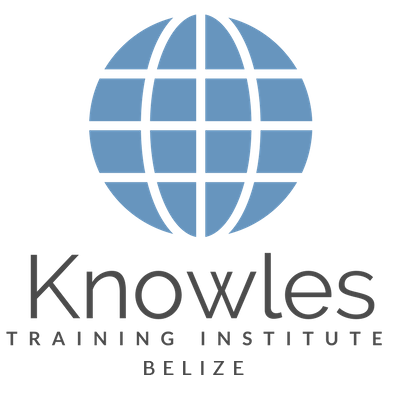Skip to content
LinkingIntern1bksiuevej76kHhK2023-07-18T14:02:31+08:00
Linking
The Linking Canvas: Unlocking Memory Power through Information Connections
- Conceptual Linkage: Linking information involves establishing conceptual linkages between related ideas. By creating associations and connecting concepts based on their similarities, relationships, or shared attributes, individuals enhance memory encoding and retrieval.
- Visual Connectors: Linking information through visual connectors aids in memory consolidation. By using visual cues, arrows, or lines to represent the connections between concepts, individuals create visual associations that facilitate recall.
- Cognitive Framework: Linking information contributes to the development of a cognitive framework. By organizing and structuring related concepts within a mental framework, individuals enhance memory organization and the ability to retrieve information.
- Adaptive Linking Strategies: Linking information adaptively involves tailoring the linking strategies to match individual learning preferences or the characteristics of the information being learned. By customizing the approach, individuals optimize memory encoding and retrieval.
- Metaphorical Connections: Linking information through metaphorical connections enhances memory by leveraging familiar metaphors or analogies. By associating new concepts with well-known metaphors, individuals create strong mental connections that aid in recall.
- Contextual Enrichment: Linking information through contextual enrichment involves connecting concepts to real-life scenarios or personal experiences. By embedding information in relevant contexts, individuals establish stronger memory traces and improve retrieval.
- Conceptual Integration: Linking information promotes the integration of related concepts. By connecting and synthesizing different ideas, individuals create a unified knowledge framework that enhances memory encoding and retrieval.
- Multi-Sensory Associations: Linking information through multi-sensory associations engages multiple senses. By incorporating visual, auditory, or tactile elements, individuals create robust memory representations that facilitate recall.
- Reflective Linking Practice: Linking information through reflective practices fosters metacognition and deep learning. By actively reflecting on the connections between concepts, individuals enhance understanding and consolidate memory.
- Transfer of Learning: Linking information facilitates the transfer of learning to new contexts. By connecting concepts to practical applications or real-world examples, individuals enhance memory retention and the ability to apply knowledge effectively.
Page load link


